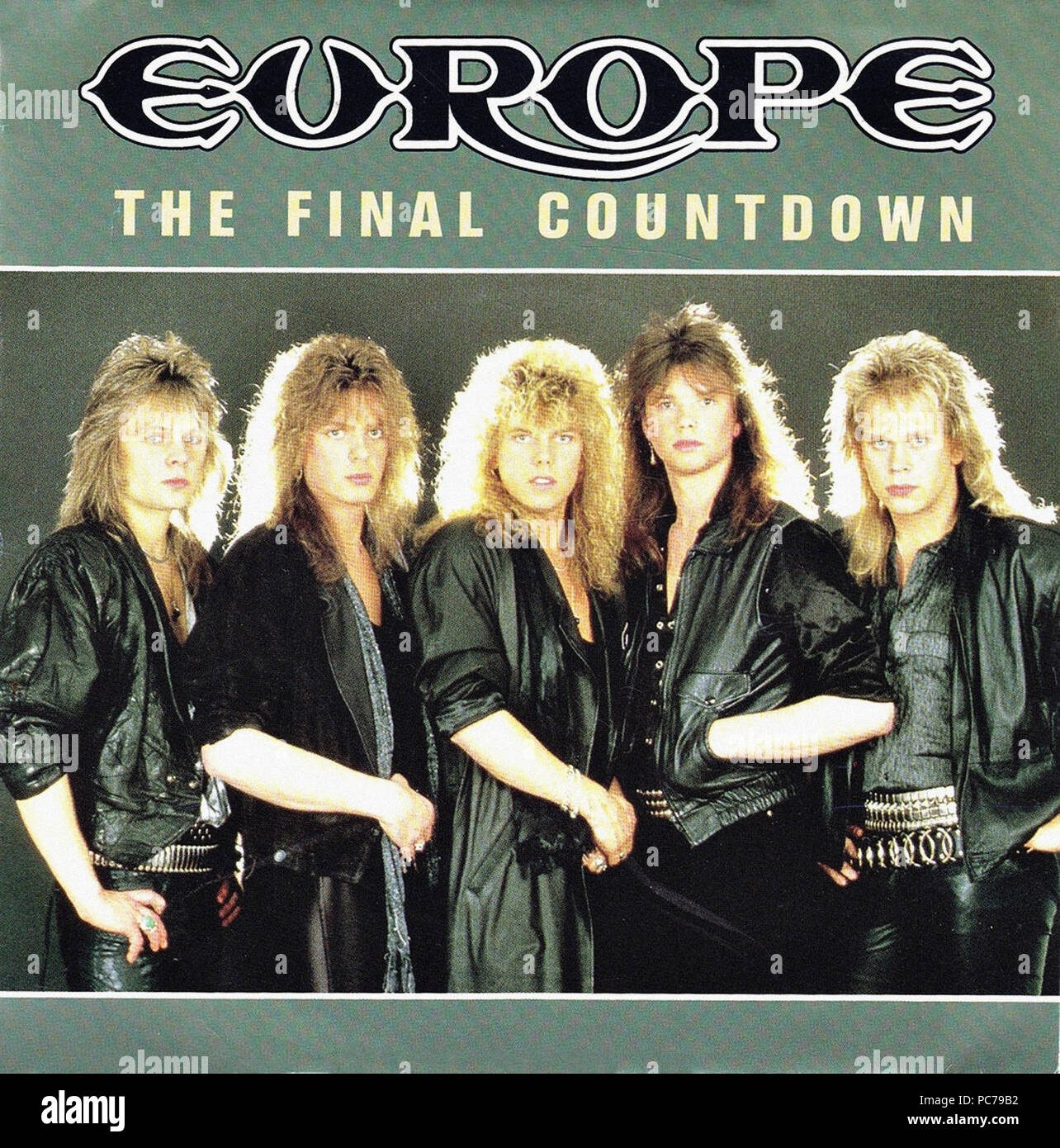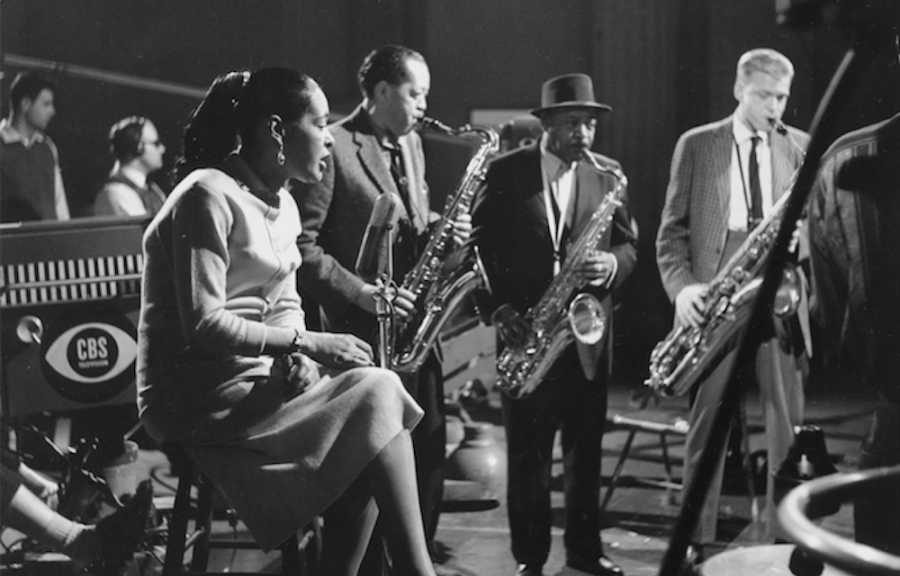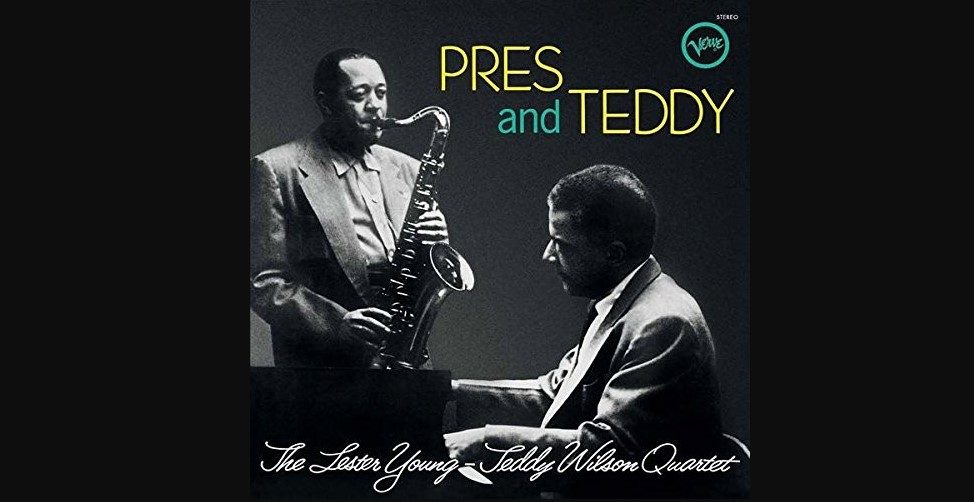Being “different” was a core competency of not just me, but my boss for this season, and probably why we bonded so well initially. He could have easily selected an office in FSD Headquarters in Bethesda, but having been around HQ in other divisions, he knew that would have a lot of “oversight” and meddling that was not helpful. I also didn’t like “micromanagement” so the idea of being in an offsite location appealed to me. The fact that it was ONLY accessible by a road that was open to single drivers before 630 am, and after 630 pm, again something I missed in the interview process 😉 It made for very long days, but the commute in DC was part of the “badge of courage” that all wore proudly – as if working “harder” meant something. It became even more interesting, as The Bridge would finally be “improved”… which meant on this day I was holding a meeting with The Count without my boss…
… the work causing it to randomly be “closed” – stopping traffic while they … did something. In my Applied Math classes at SMU, I learned that in “full traffic flow” – which DC was always – the time to return to normal was literally 10 times as long as the stoppage. So – a 5-minute closure meant traffic would be reflected for 50 minutes. As such, we had a best practice of driving separately – so that at least ONE of us would hopefully arrive. There were many meetings where there was a 2-hour difference in our normal 20-minute drive… and today, I was alone delivering the news that recent cost overruns were going to explode our business case. As you might expect, the Count was not pleased, but also understood. We were tied to a manufacturing facility that was known for driving costs UP because the “normal” Fed business was “Cost Plus” – that is, the PROFIT was 6% of our costs… so to make more money… you get it. The $200 hammer I now understood…
As Carlos turned toward jazz, the music was amazing, and won many accolades and awards… and had lost his fan base almost entirely. Clive Davis had warned him with Carvanseri that this would happen, and now Bill Graham was less subtle. He forced Carlos back to his streetwise sounds, and reintegrating that with the improvisational jazz that was always present. Slowly he started to move back, and by Festival, there were songs that had the amazing Latin sounds again. His timing was good – the Album Oriented Rock (AOR) stations were enjoying the longer cuts from the Moody Blues, Yes, and now could indulge a bit of the creativity that Santana always had. He also started to recapture fans, and tours started to be more well attended, including a tour that would result in a great version of today’s track Live . I love the fact that it is MUCH faster, which typically happens live…
One thing I enjoyed most about our small team is it was very focused on the mission. Like all start-ups, there was a sense that we were engaged in something bigger than ourselves, which Daniel Pink would put into his book DRiVE. Change is so often navigated with groups that are thrown together and rarely take the time to actually think about WHY they are a team. High Performing teams are formed when each member can answer these questions: WHO are these people, WHY are we a team, What are being asked to do, and How do each of us help that happen with our special talents? Other than being summoned to a conference room, and given a role, most teams skip all these steps. In the Drexler model we use now, it is the curse of starting with Step 5 – Project Planning. Let that sink in – there are FOUR steps BEFORE planning… in different language: Orientation, Trust Building, Goal Clarification, Commitment…
Thinking back on it, our boss Steve had an amazing eye for talent, and did orient each of us with Who, Why, and What… and fully empowered us on the How. Including our Finance team that was amazing – selected because of their “creativity”. With each bit of bad news, they would typically report “no problem – we had that covered as a possible cost…”. Really??? Why didn’t you TELL me??? It became such a common conversation that I literally would go to them with my latest ‘Change’ and they would talk me off the ledge. One of them went on to be the CFO for an entire division of IBM – yes, in fact, the one that I had the most issues with, and they would need him and his creativity. As you think about Change, what management practices can help you respond with “no problem” to each unanticipated crisis? Looking back, I was truly blessed with a great small team, that more than anything, enjoyed the challenge. And.. each of us would bring a lightness to each other’s crises such that we could always… Let the Children Play.




